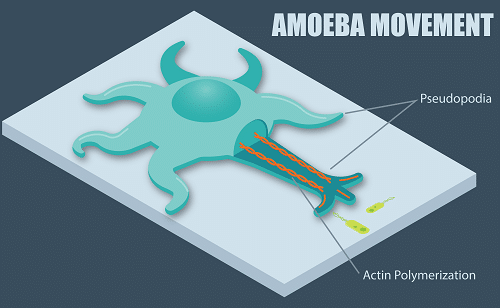Principles of Cell Migration
Platypus Technologies is a fast-growing provider of cell migration assays for precise and reproducible experimentation, from academia to the pharmaceutical sector. Our core competency revolves around the cell exclusion zone technology, an innovative, high-throughput cellular assay with real-time monitoring capabilities, and negligible margins of error. This represents a significant step forward for researchers in various clinical fields.
Over the last few weeks, we have written about cell migration assays and their applications. In this article, we aim to explore some of the more basic principles of cell migration in-depth, to outline the sheer scope of potential research using cutting-edge cell-based assays.
What is Cell Migration?
In simple terms, cell migration refers to the organized motion of individual cells or cell clusters. By organized we mean in direct response to a chemical or mechanical signal. This requires at least two fundamental characteristics: the ability to pick up extracellular signals, and the structural capability for implementing a cellular response.
Consider an amoeba: a unicellular organism that can alter its shape by extending its cytoplasm into appendages known as pseudopods. These pseudopods are used to capture food and for chemotaxis, which is a basic form of directed motility. An amoeba will use its pseudopods to move in a direction corresponding to the concentration gradient of its surroundings. This requires a form of physiological signal transduction to detect chemical cues and generate a cellular response.

The rate of this locomotion is known as the chemotactic response, which can easily be defined as the directed motion of single- and multicellular organisms according to the chemicals in their environment. Research has uncovered numerous fundamental biological processes that rely on chemotactic cell migration, and various derivations of the process including leading-edge, trailing edge, and membrane flow cell migration.
Another key cellular type to consider is the leukocyte: a form of mammalian blood cell that is integral to immunological responses. Much more complex than amoebae, leukocytes – also known as white blood cells – are produced by hematopoietic stem cells in the bone marrow with the aim of staving off infection. Alterations in the way specific leukocytes circulate through the vascular system could be symptomatic of disease, while white blood cell migration through venular walls is critical in fighting inflammation.
As well as combatting infection and disease, cell migration is a fundamental process in pathogenesis; the manner in which diseases develop. Researching cellular motion is subsequently essential to our growing understanding of metastasis and cancer development.
By understanding the very basic parameters of cell migration, it is easy to see the breadth of possibility offered by precision cellular assays, particularly in the realms of research and therapeutics.
Cell Migration Assays from Platypus Technologies
Our proprietary line of cell migration assays is the OrisTM cell exclusion zone assay, which is suitable for use with any adherent cell line. It is a high content analysis system with continuous monitoring capabilities and dramatically improved accuracy over the likes of scratch and transwell assays.
If you would like to learn more about Platypus Technologies proprietary solutions for cell migration analysis, simply contact a member of the team today.
Learn More about Oris Cell Migration Assays.